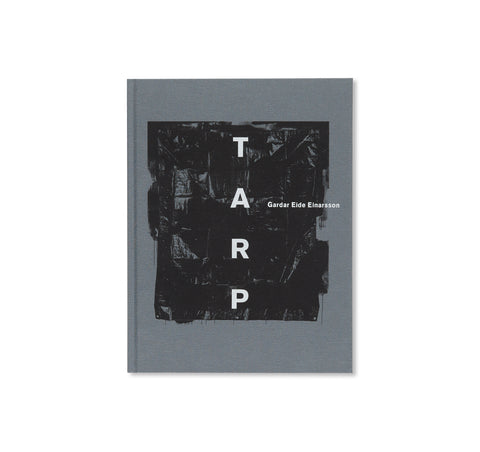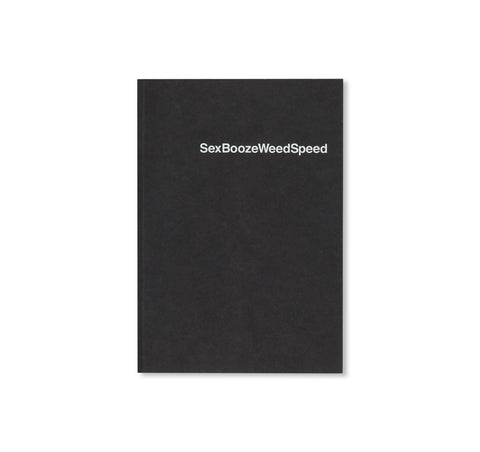VERSUCHSSTATION DES WELTUNTERGANGS by Gardar Eide Einarsson
ノルウェー人アーティスト、ガーダー・アイダ・アイナーソン(Gardar Eide Einarsson)の作品集。2013年5月から8月にかけてノルウェーの「ベルゲン・クンストハレ(Bergen Kunsthall)」で開催された展覧会「Versuchsstation des Weltuntergangs」に伴い刊行された。
過去10年間にわたり、作者の展示の実践は一貫した主題を辿り、いわゆる「抵抗の図像学」を描き出してきた。作品から読み取れる標識や記号は、2001年9月11日以降の管理社会と権威に対する個人による反乱や脅威の対立構造を参照している。また作者は、悲惨で失敗に終わった個人の自由を獲得する挑戦の歴史的な事例を用いて、アウトサイダーの理想の伝説、記号、視覚性がポピュラーカルチャーにおいてどのように扱われるかについて、極端な個人主義がテロリズムや犯罪に繋がった現実の事例を通して注目する。
本書は、2000年代初頭以降の作品群を幅広く収録する。刊行に合わせて執筆された3本のエッセイは、作品群の多角的な解釈を提供する。アメリカ人キュレーターであり評論家のボブ・ニッカス(Bob Nickas)は、SFをモチーフにした未来的なシナリオに読者を置く。そのシナリオでは展覧会カタログである一冊の本が、主人公らが作家の記号の世界に到達しようとする試みの基盤となる。イギリス人哲学者のニック・ランド(Nick Land)は、「ポスト・ミニマリスト」美術の語彙を活用して再活性化することによって、作者の権力の語彙に対する精密な分析を通して解釈の複雑な枠組みを提示する。さらに美術評論家のマーティン・ハーバート(Martin Harbart)は、2000年代の作品群と向き合う。作者は継続して、権力構造であるとすでに暴露されている芸術組織において、芸術の批判と政治的ツールとしての残存する可能性を問題視する。そして権力と反権力、抵抗と抑圧的寛容の対立の矛盾を常々指摘してきたことを取り上げる。
Over the past decade Gardar Eide Einarsson's exhibition practice has followed a highly consistent thematic trajectory, continuously tracing out what one could call an “iconography of resistance.” The signs and symbols we can read out of Einarsson's works often refer to fundamental conflictual structures between a society of control following September 11, 2001, and the individual's rebellion against and threat to central power. Einarsson also uses historical examples of tragic, abortive attempts to achieve individual freedom, and looks at popular culture's treatment of the myths, signs, and visuality of the outsider ideal as drawn from examples in reality where instances of extreme individualism have resulted in terrorism and crime.
This book is published on the occasion of Einarsson's solo exhibition at Bergen Kunsthall, and is the artist's first comprehensive monograph. The book contains documentation of a large selection of works since the early 2000s. Three commissioned essays provide various approaches to the reading of Einarsson's oeuvre. Bob Nickas situates the reader in a science-fiction-inspired future scenario where a book that turns out to be an exhibition catalogue forms the basis for the attempts of the main characters to penetrate into the artist's universe of signs. The philosopher Nick Land outlines a complex interpretative horizon in the encounter with Einarsson's precise analyses of the language of power by exploiting and reactivating the vocabulary of “post-Minimalist” art. And Martin Herbert tackles Einarsson's output in the 2000s, and shows how he continually problematizes the residual potential of art as critique and political tool within an art institution that has long since been exposed as a power structure in its own right—by constantly pointing to the contradictory oppositions between power and anti-power, between resistance and repressive tolerance.
Published on the occasion of the eponymous exhibition at Bergen Kunsthall in 2013.
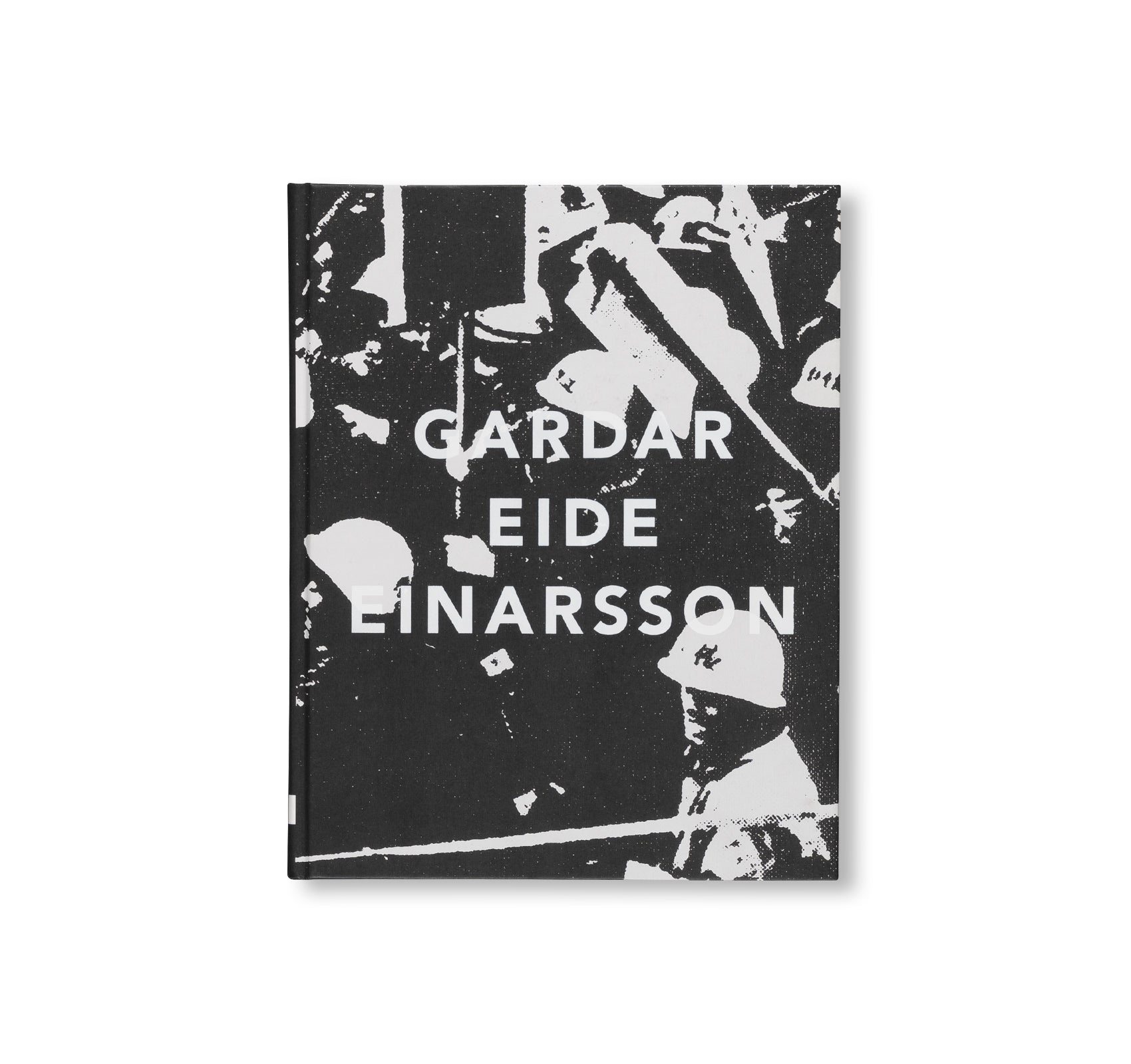
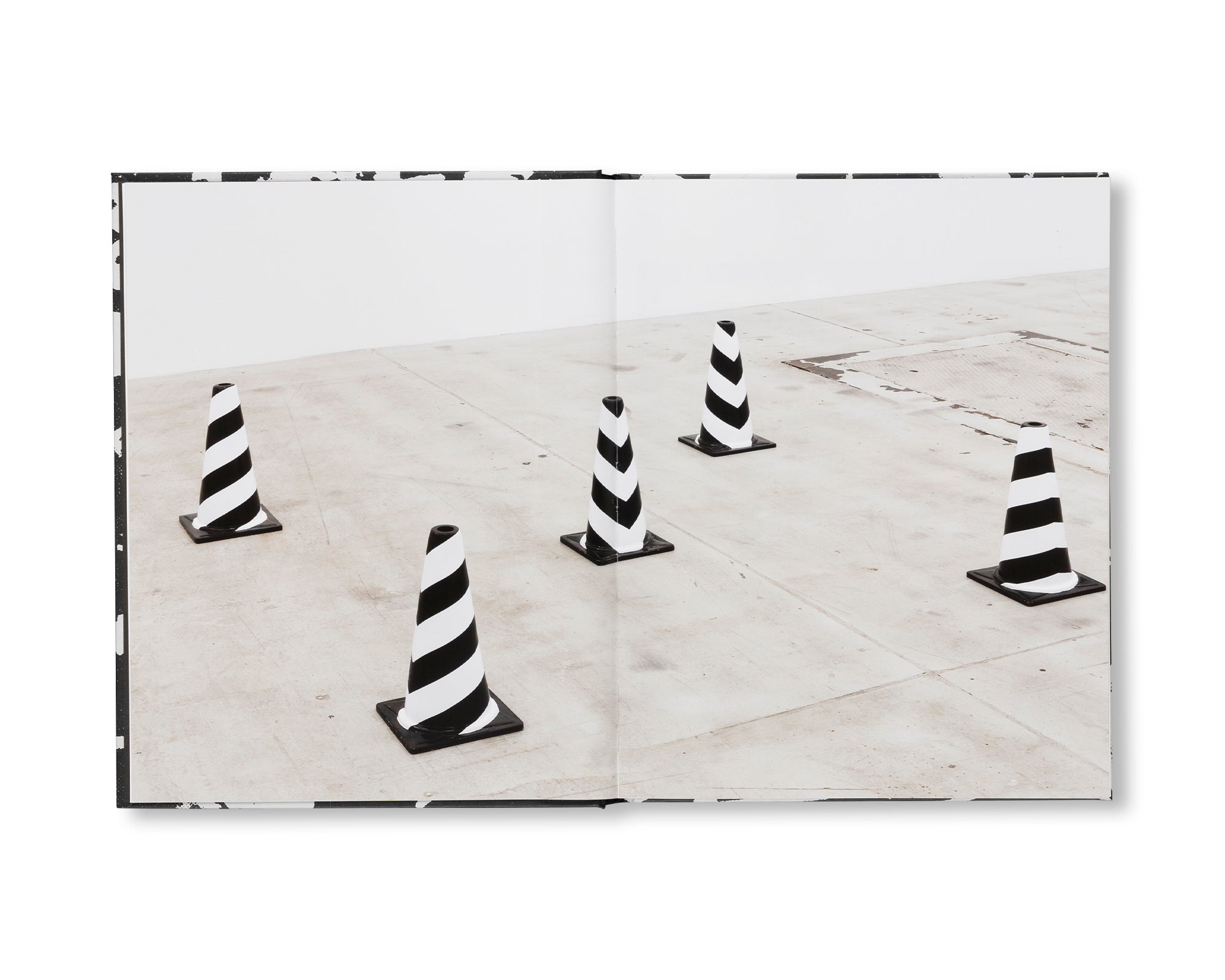
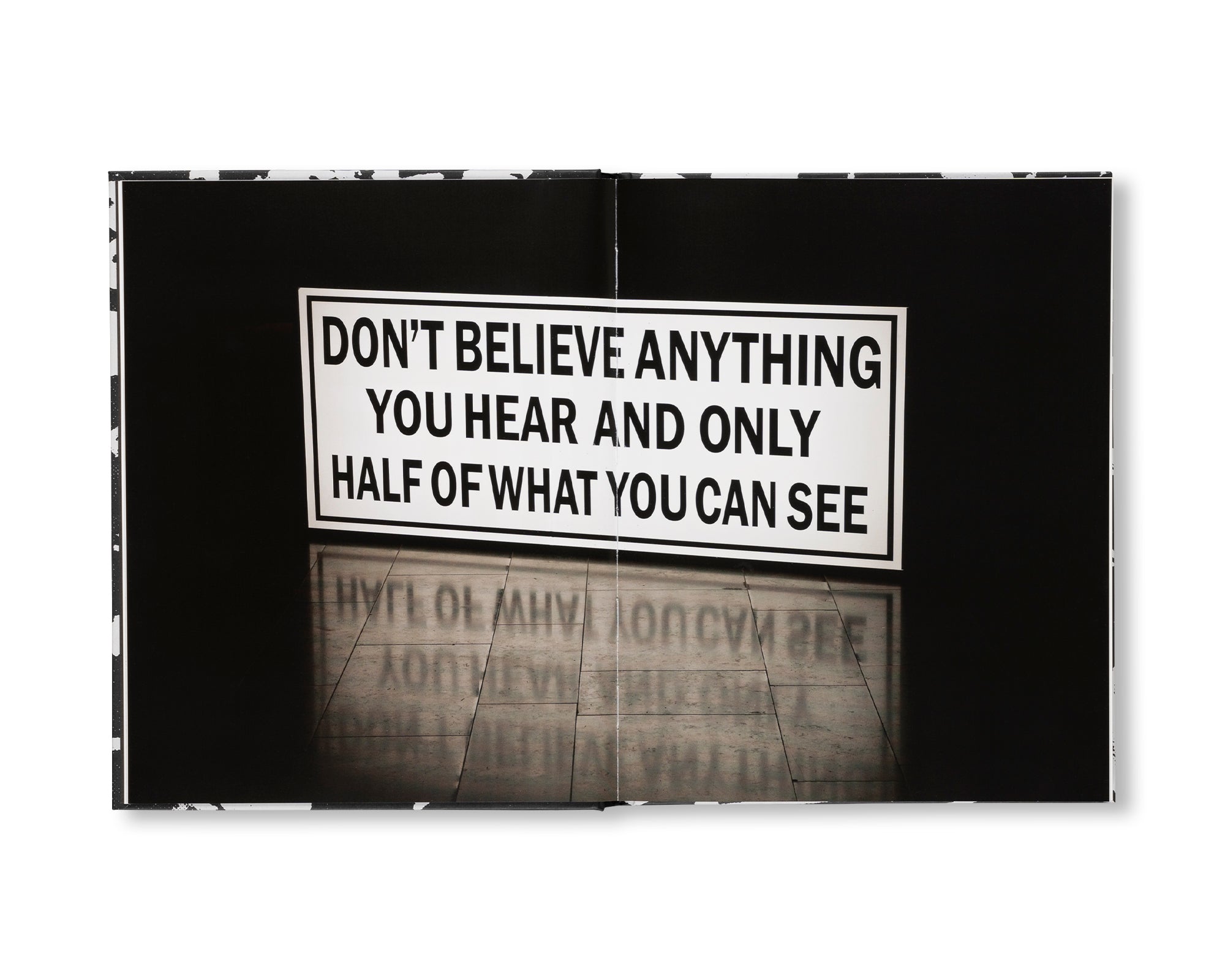
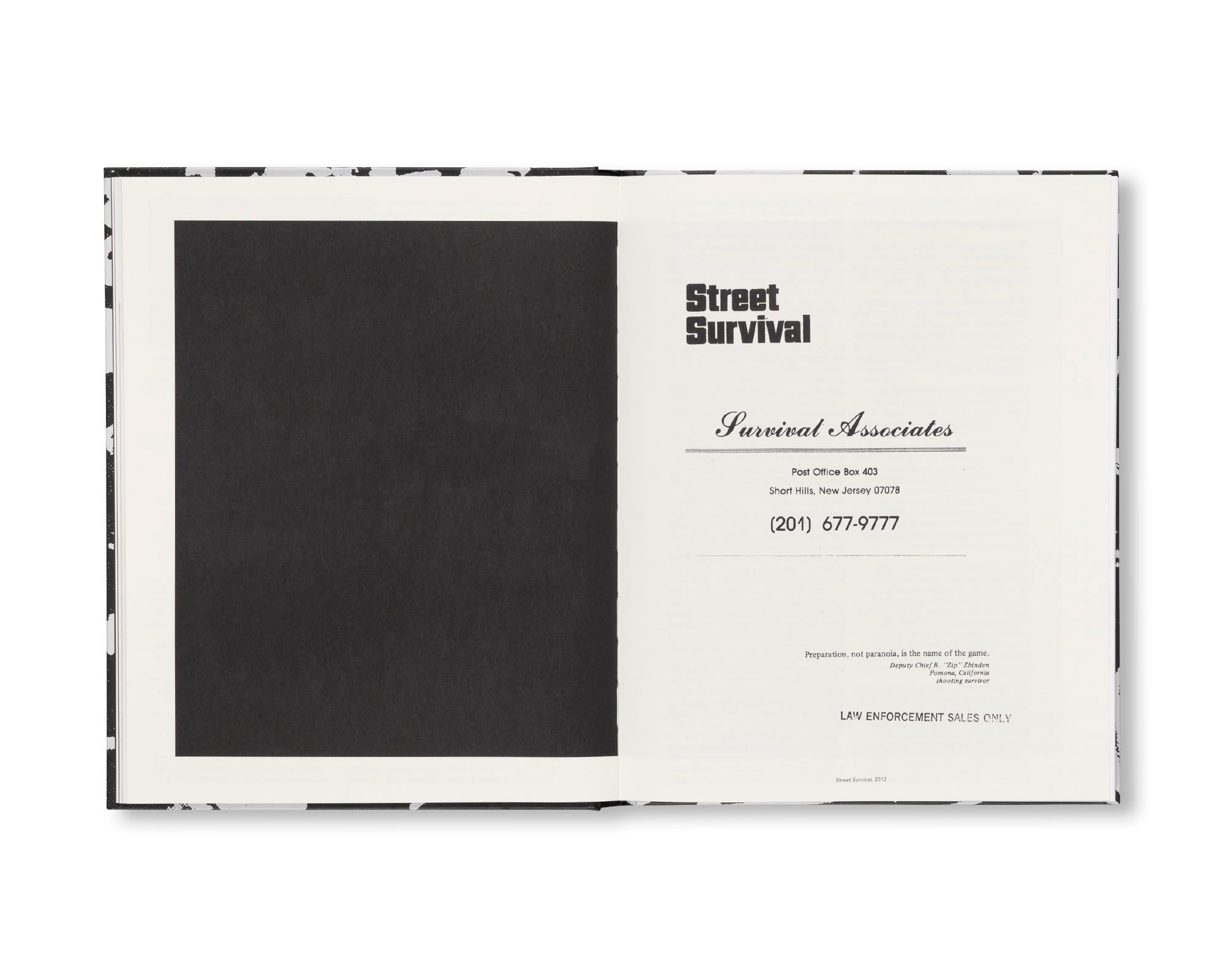

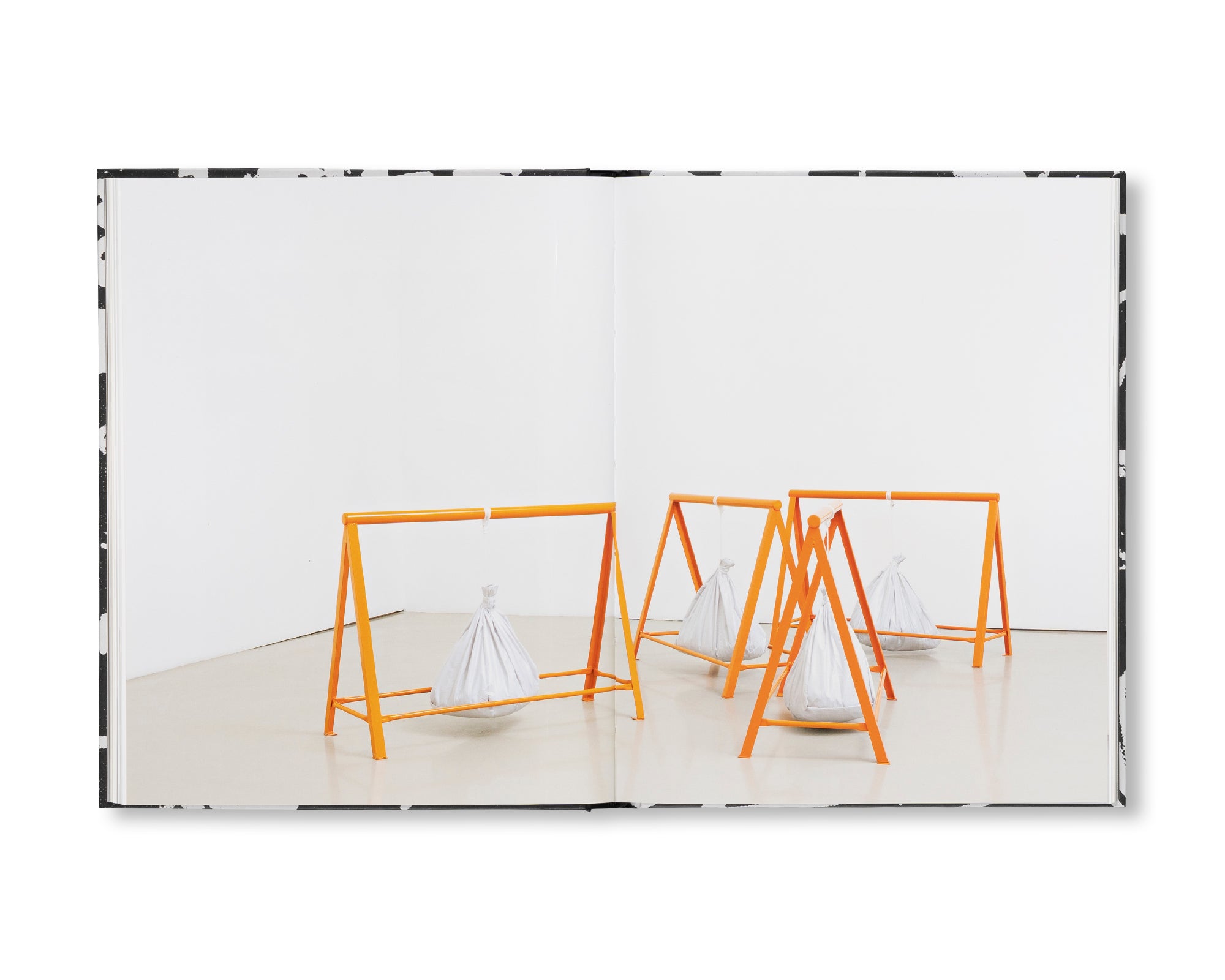
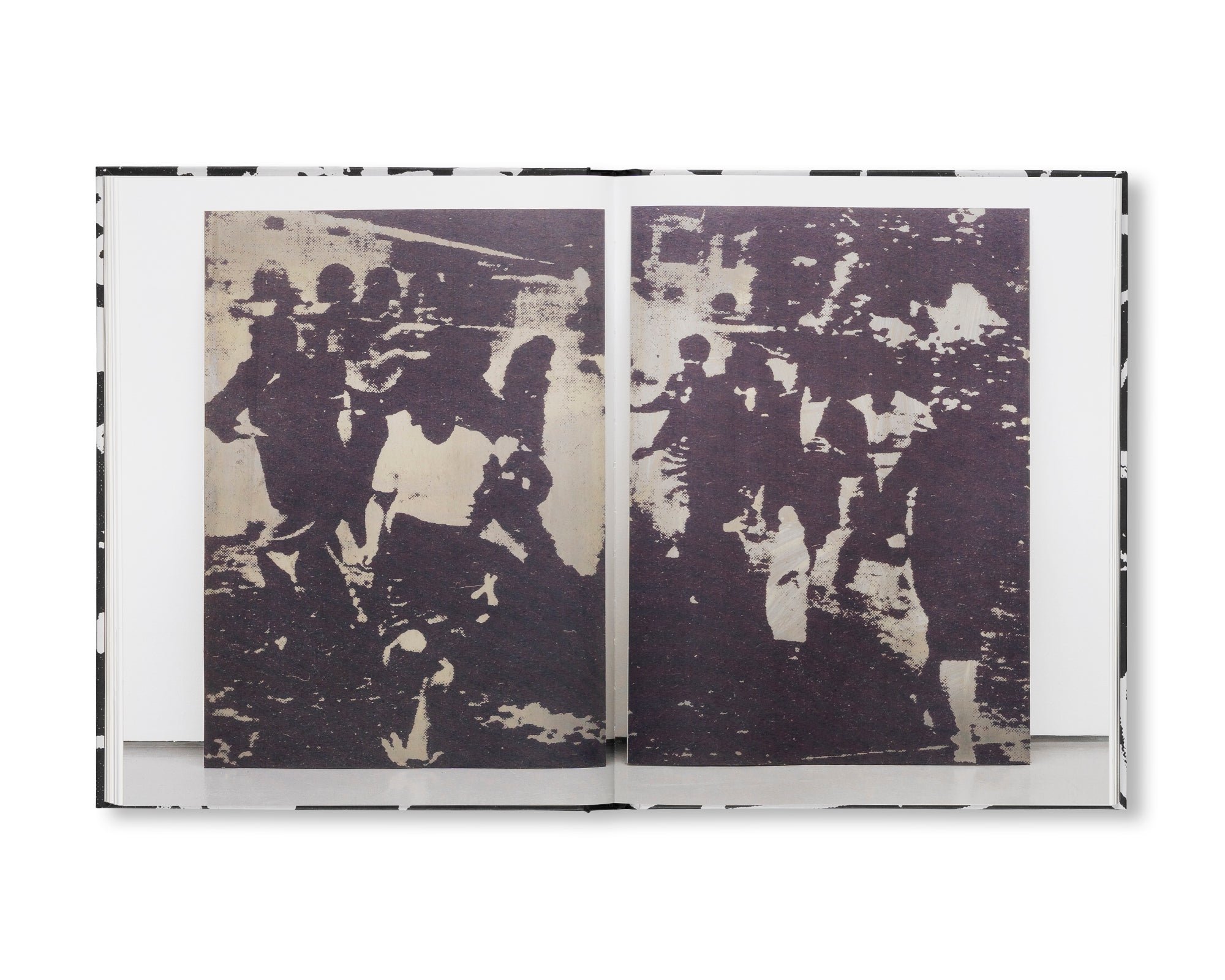


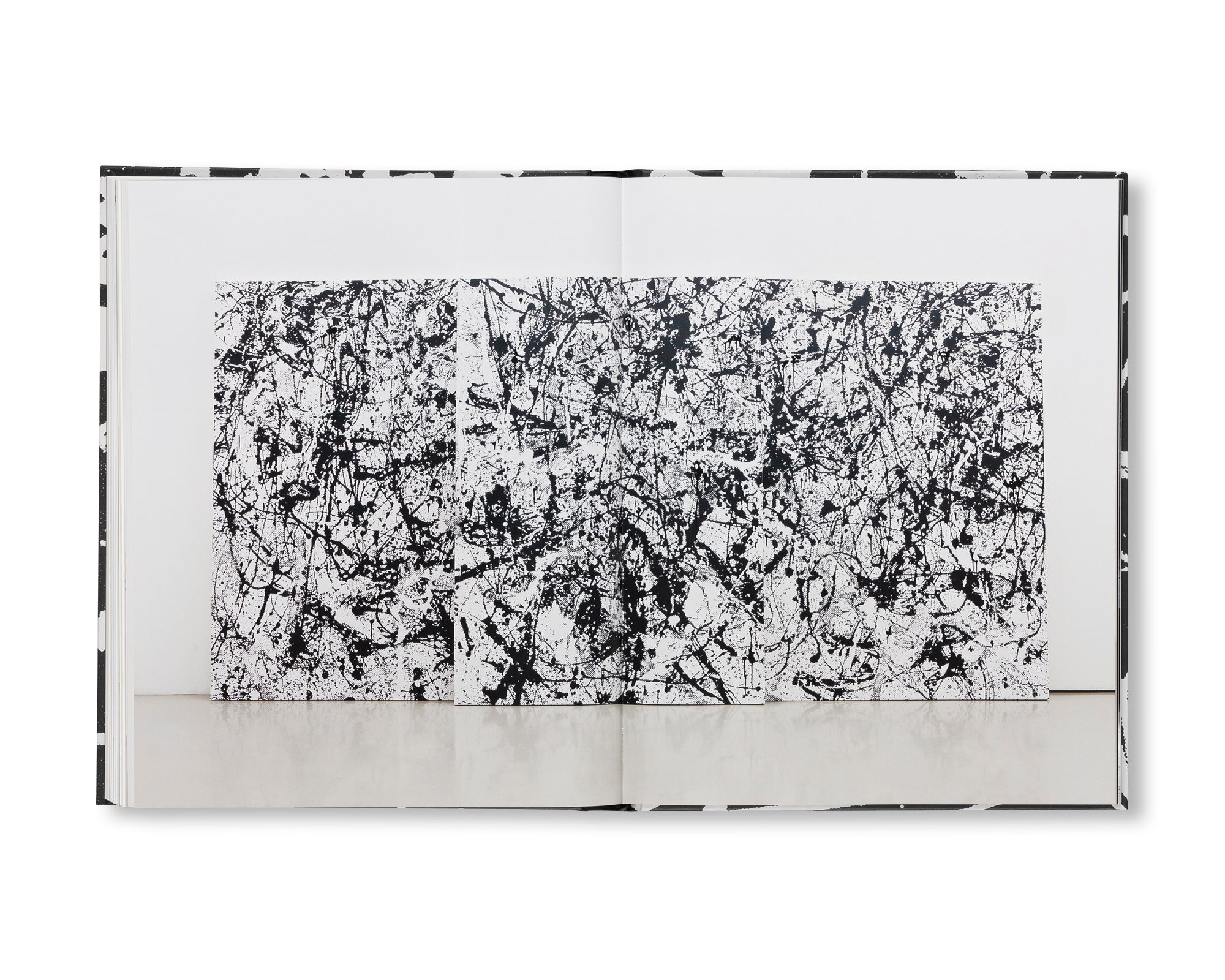
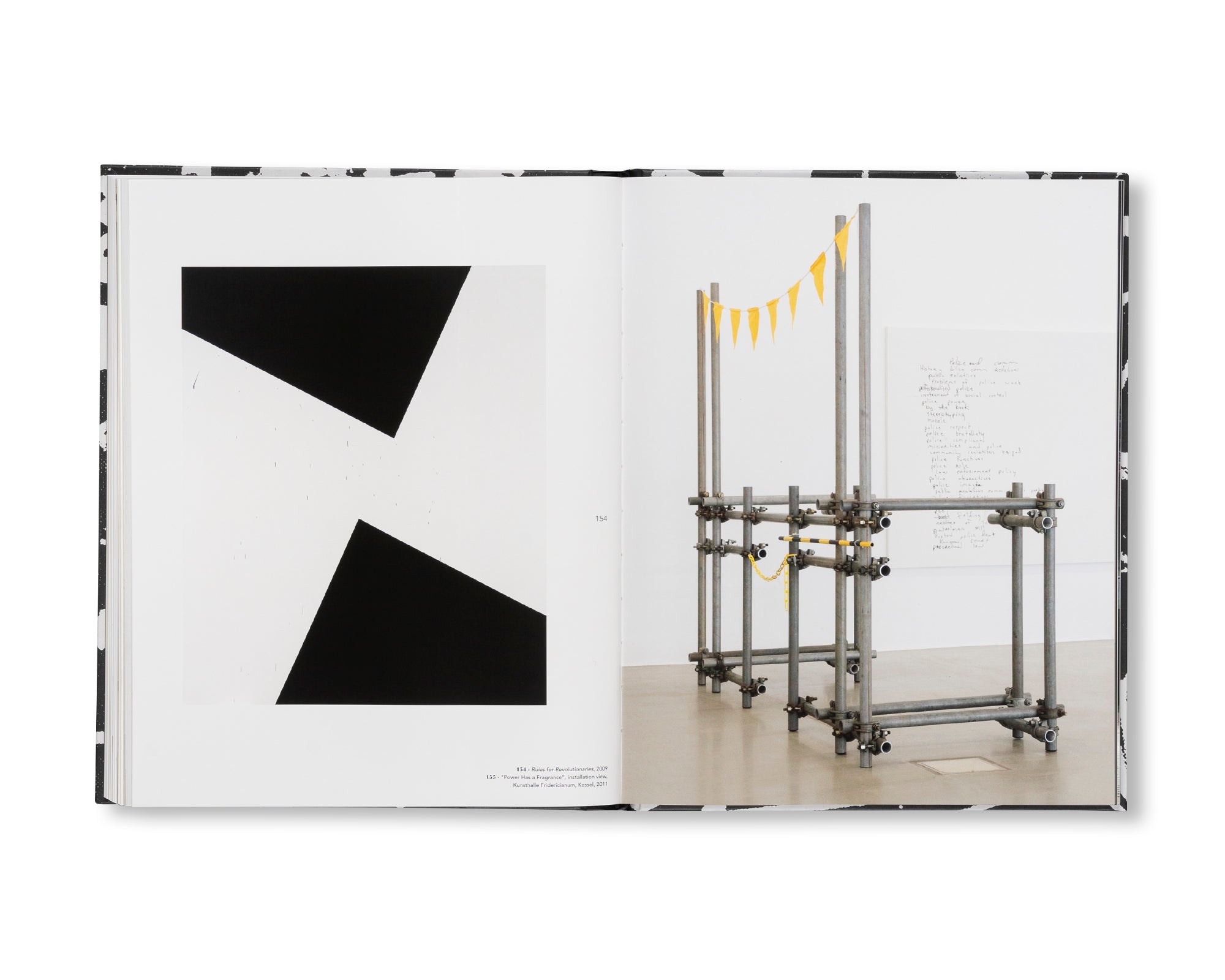
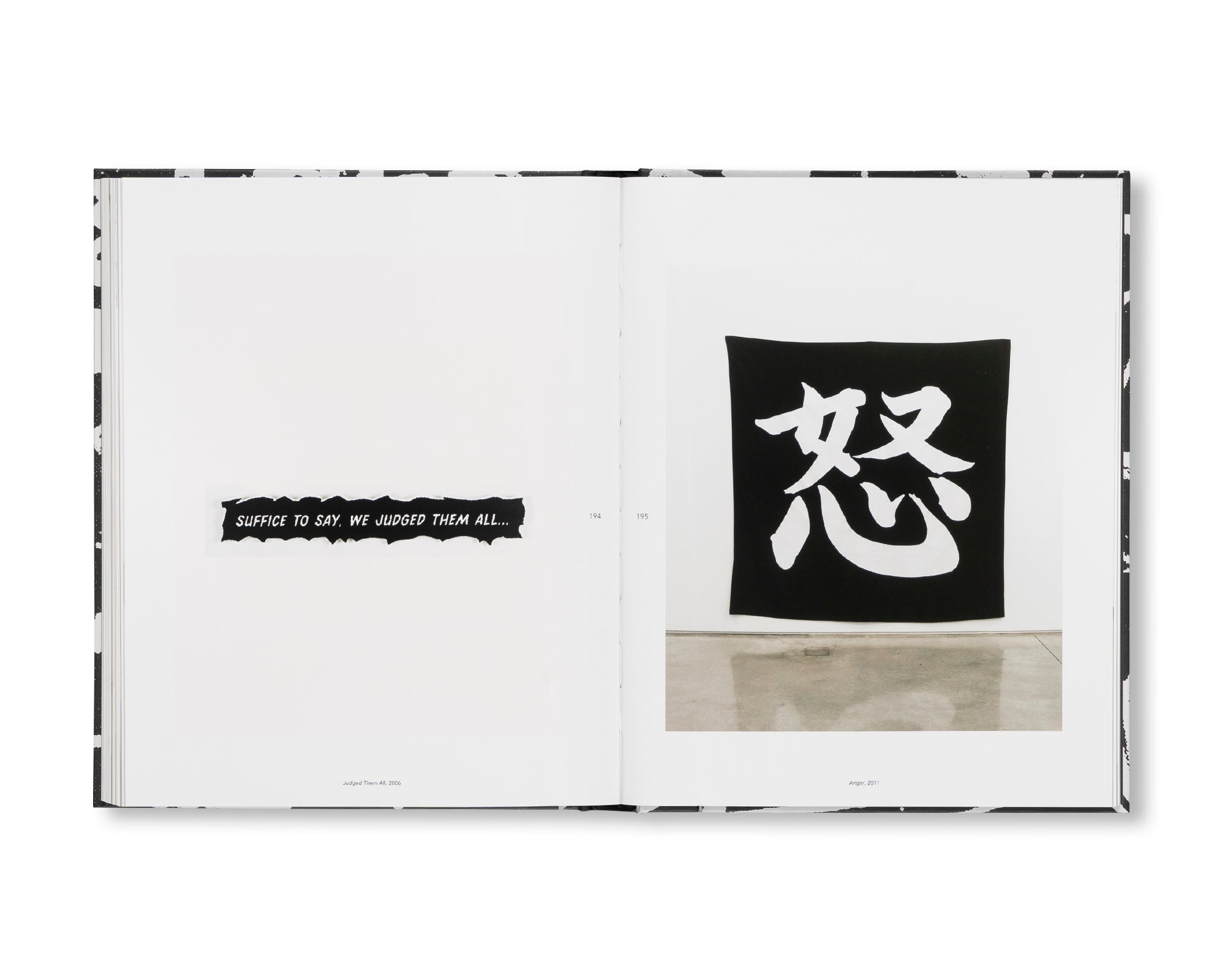
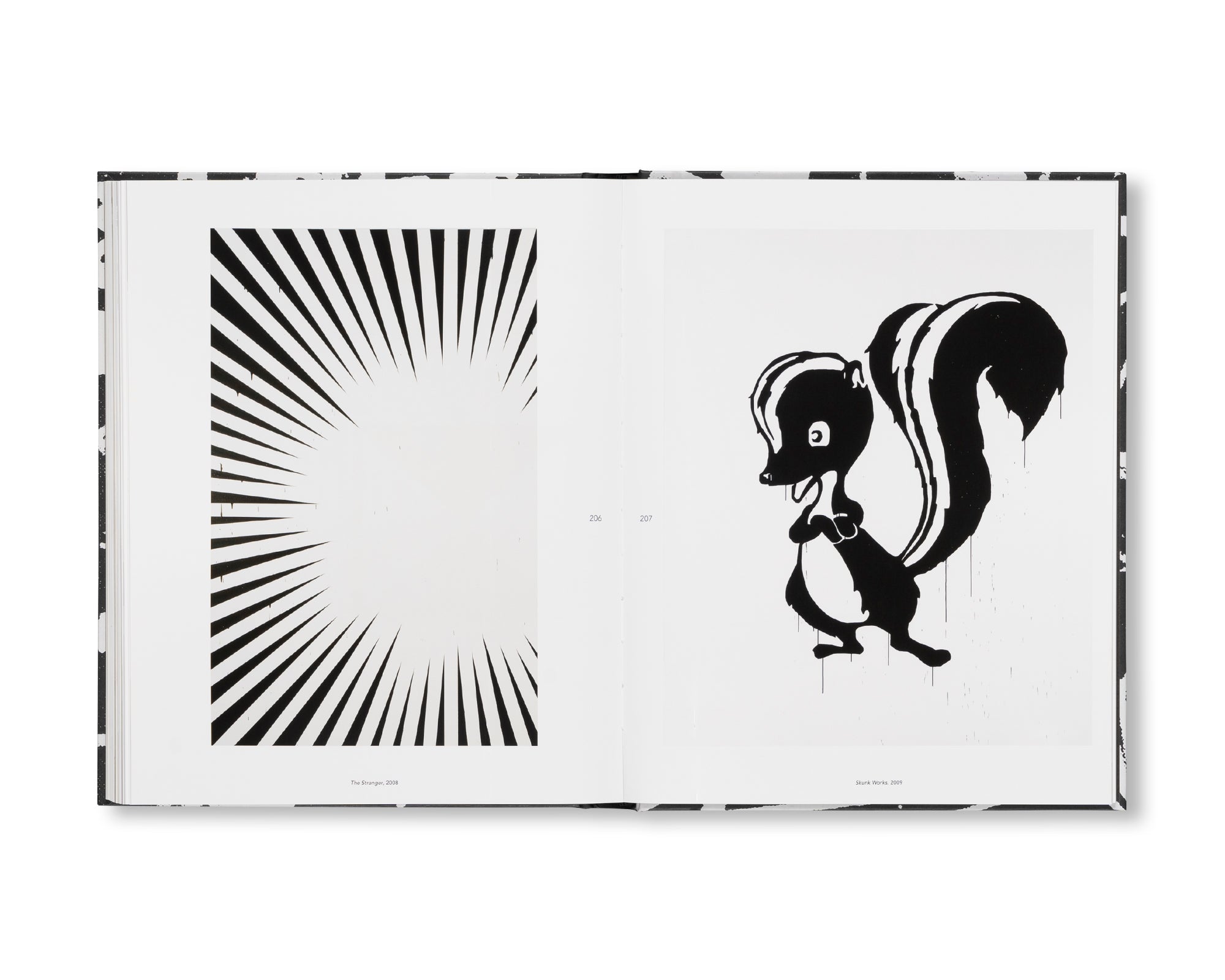
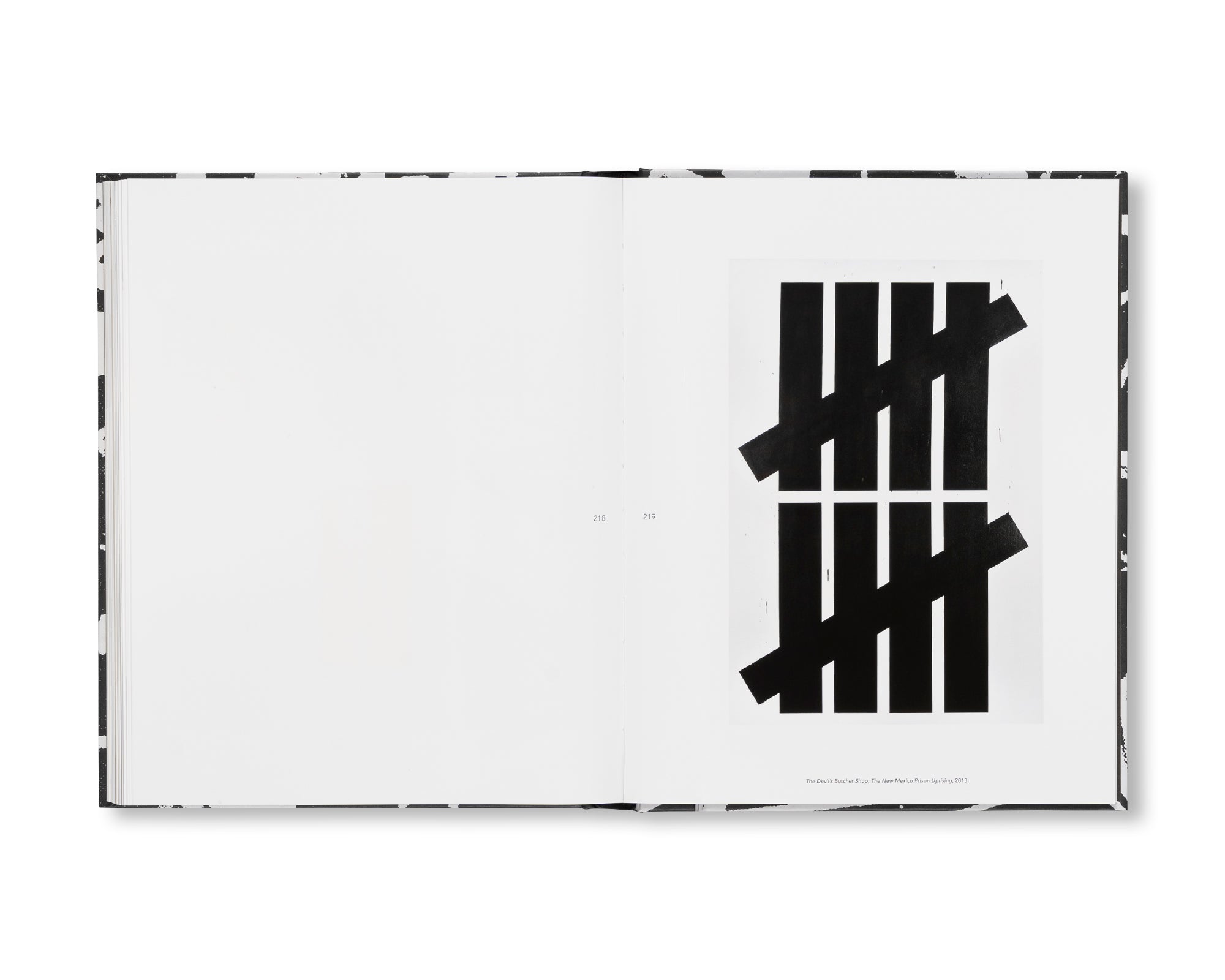

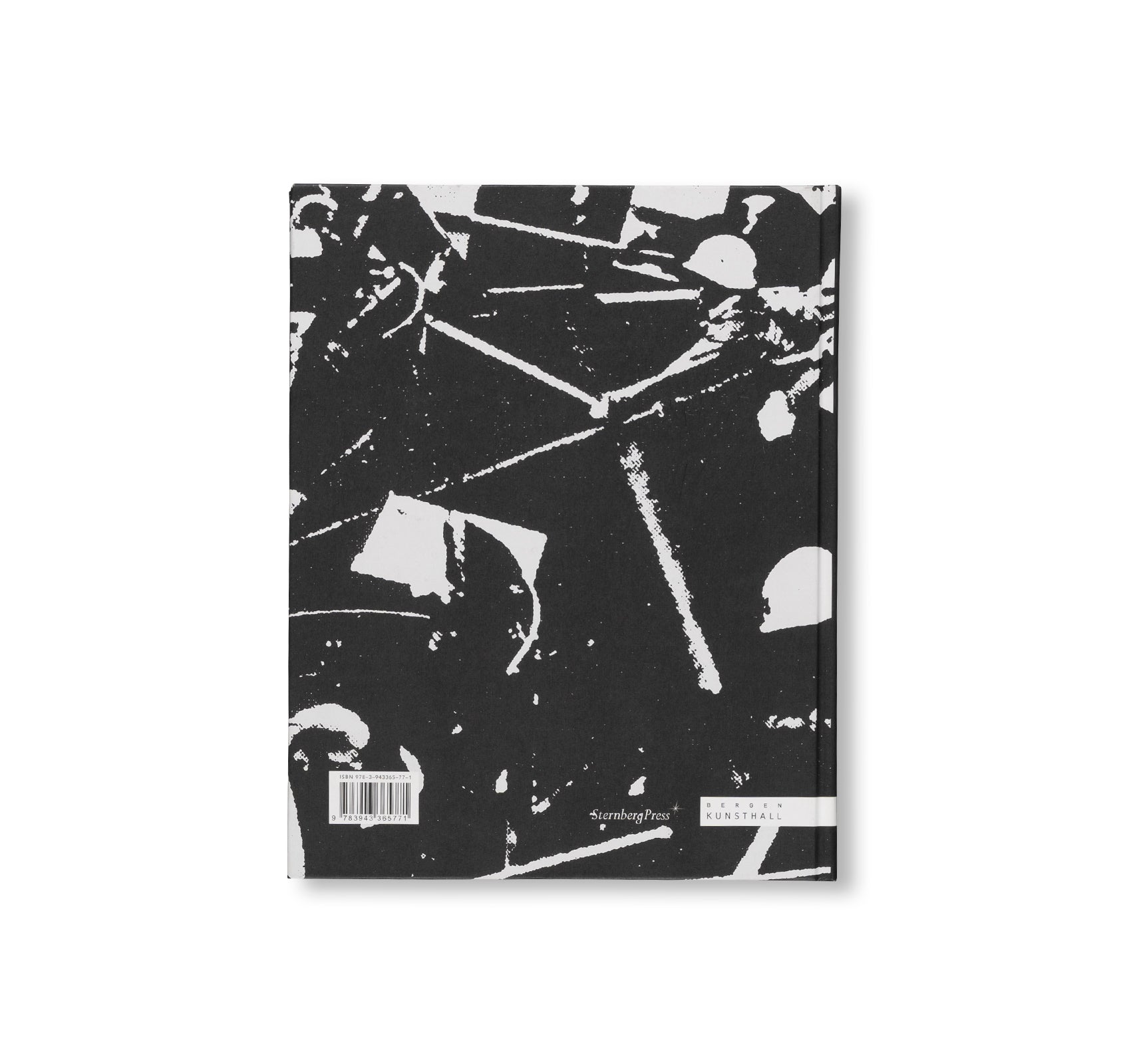

![MINING RIGS by Gardar Eide Einarsson [SIGNED]](http://twelve-books.com/cdn/shop/files/00_a8fe966f-af0d-4543-be0d-e798cd91849a_large.jpg?v=1755656628)

